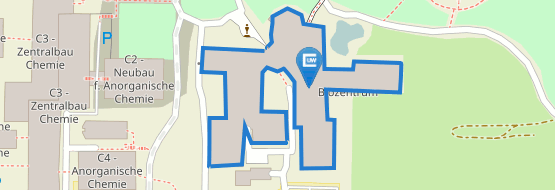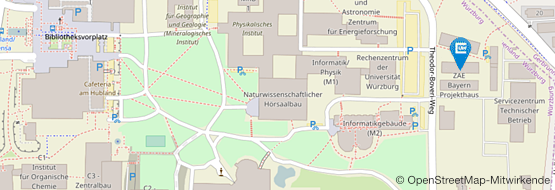Commander in the cell's production room
10/14/2022
How do cells manage to quickly adapt their growth to changing environmental conditions? A new study by a research team from Würzburg provides an answer to this question.
more












![[Translate to Englisch:] [Translate to Englisch:]](/fileadmin/_processed_/8/6/csm_0506Insekten_Bestaeuber_c0e0635d26.jpg)










